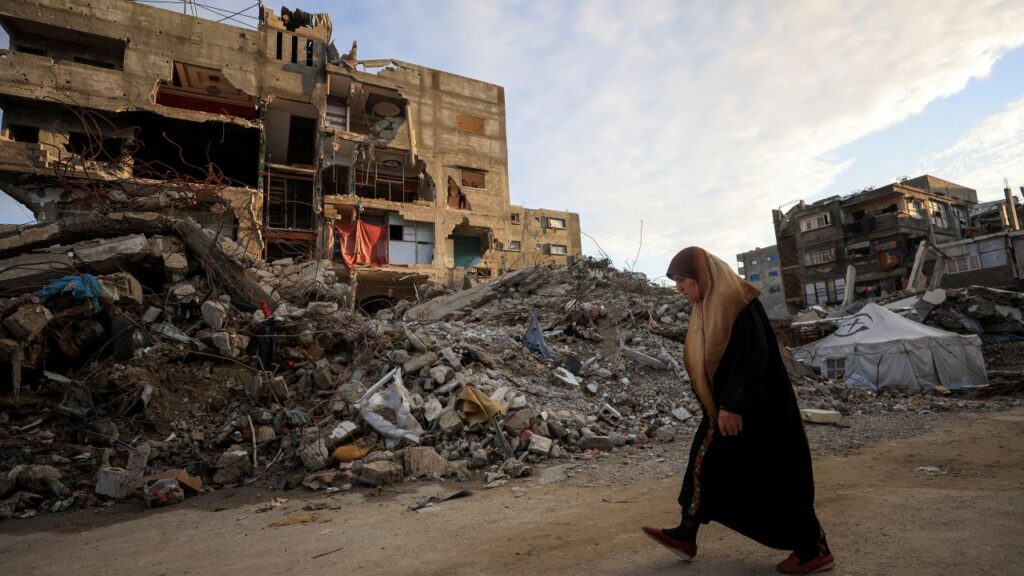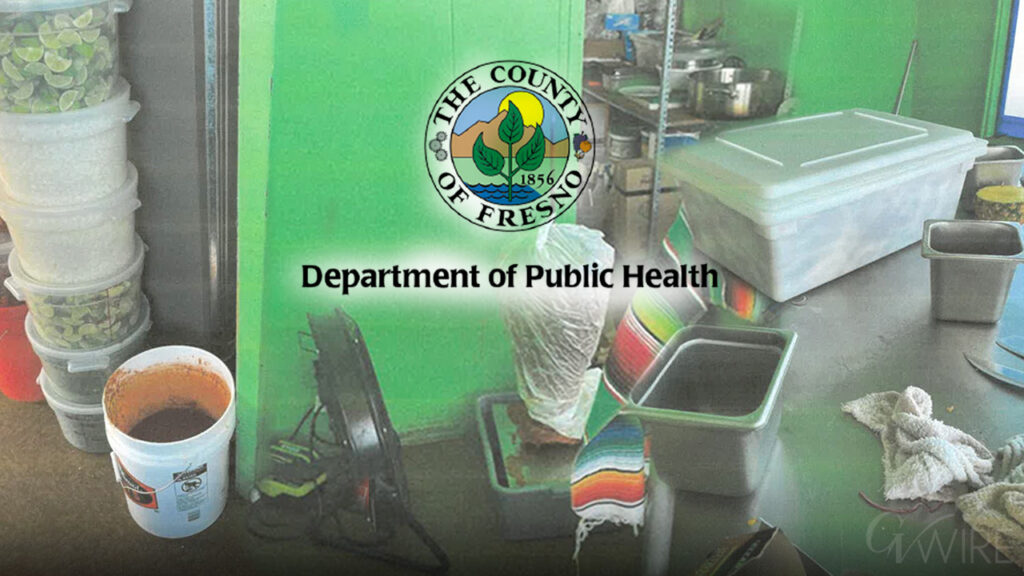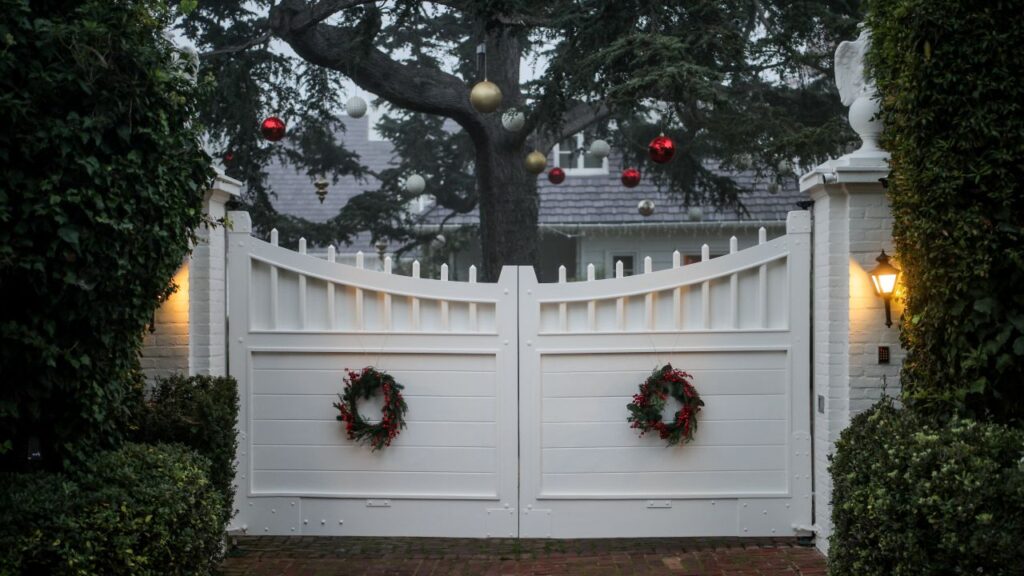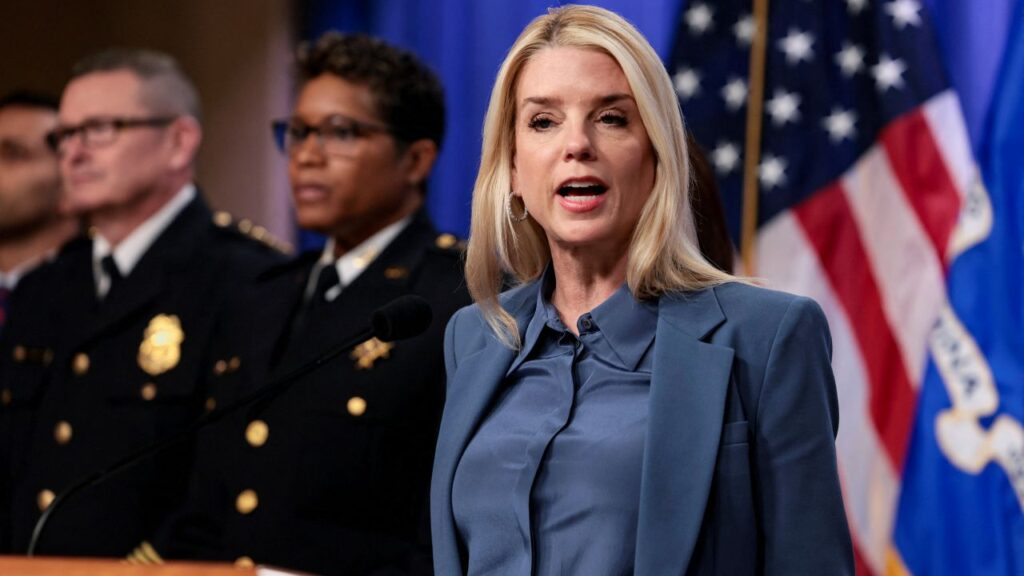
- Kamala Harris and Donald Trump are tied at 48% in the latest New York Times/Siena College poll.
- Voter pessimism about the country's direction poses challenges for Harris, with only 28% feeling things are improving.
- Harris leads Trump among women (54% to 42%), while Trump has a significant lead among men (55% to 41%).
Share
|
Getting your Trinity Audio player ready...
|
Kamala Harris and Donald Trump are locked in a dead heat for the popular vote, 48% to 48%, the final national poll by The New York Times and Siena College has found, as the vice president struggles for an edge over the former president with an electorate that seems impossibly and immovably divided.
The result, coming less than two weeks before Election Day, and as millions of Americans have already voted, is not encouraging for Harris. In recent elections, Democrats have had an edge in the popular vote even when they have lost the Electoral College and thus the White House. They have been looking to Harris to build a strong national lead as a sign that she would do well in such critical swing states as Michigan, Pennsylvania and Wisconsin.

Harris and Trump remain effectively tied even after three of the most tumultuous months in recent American political history. A high-profile debate, two attempts on Trump’s life, dozens of rallies across seven battlefield states and hundreds of millions spent on advertisements have seemingly done little to change the trajectory of the race.
Harris’ position, if anything, may have declined among likely voters since the last Times/Siena College poll, taken early this month. At the time, she had a slight lead over Trump, 49% to 46%. The change is within the margin of error, but the Times’ national polling average has registered a tightening in polls over the past few weeks as well, suggesting at the very least that this contest has drawn even closer.
Related Story: Why Harris (With Beyoncé in Tow) Is Heading to Solidly Red Texas
Presidential Election Decided by Battleground States
Although this latest Times/Siena College poll offers a glimpse into national sentiment, the presidential election will be decided in the seven battleground states where Harris and Trump have devoted the overwhelming amount of their time and resources. Most polls in those states — Arizona, Georgia, Michigan, Nevada, North Carolina, Pennsylvania, Wisconsin — suggest the contest is equally close.
There are glimmers of hope in this final national poll for both Trump and Harris. For Trump, it is immigration: Fifteen percent of respondents named immigration as their top issue, up from 12%.
Trump has hammered Harris on the Biden administration’s record on the issue — he has pledged to undertake “the largest deportation in American history” — as a closing message in his campaign speeches and advertisements. Voters by an 11-point margin said they trusted Trump more than Harris to deal with immigration.
“I’m sorry, I do not agree with the illegals and the refugees coming in the country,” said Sandra Remiker, 51, a Republican from Barron, Wisconsin, who said she was planning to vote for Trump. She added: “I mean, if we can’t help our own people, our own veterans that are living on the streets, we shouldn’t be helping other countries.”
And voters continue to be pessimistic about the direction of the country, a measure that historically has been a danger sign for the party in power. Just 28% of respondents said the country was heading in the right direction. Trump has repeatedly painted a dark picture of the nation under President Joe Biden and Harris.
The percentage of Americans who said that Trump, 78, is too old to be president remained at 41%, essentially unchanged from July even after a series of rambling campaign speeches and appearances led to a swell of questions, including direct criticism from Harris, about the former president’s mental acuity and fitness.
The poll included some encouraging signs for Harris. She has narrowed the gap with Trump on the economy, which remains the top issue for voters. Trump had a 13-point edge over Harris on which candidate could better manage the economy in the poll last month. That has shrunk to 6 points.
Related Story: What Happened When a Barber Told Trump About His $15,000 Electric Bill
Harris Leads on Protecting Abortion Access
Harris also has a 16-point lead over Trump on which candidate would do a better job in protecting abortion access, a central theme of her campaign, as she seeks to build up support among female voters.
And Harris still has room to grow. About 15% of voters described themselves as not fully decided, and Harris is leading with that group, 42% to 32%. Two weeks ago, Trump had a minute edge with undecided or persuadable voters, 36% to 35%.
“Both are not great candidates, and I’m on the fence if I’m going to vote at all — I don’t like either of them,” said Christopher Morgan, 33, an independent from Atlanta. But, he added: “If I had to, I’d probably vote for Kamala Harris. I don’t like Trump because I feel like he violated democracy. He should be accountable for what happened on Jan. 6.”
The poll found that the 9% of Americans who said they already had voted leaned heavily toward Harris, 59% to 40%. That is consistent with the advantage Democrats have historically had in early voting and mail voting, although there are signs this year that Republicans, unlike in 2020, are casting early ballots in unusually heavy numbers.
This latest poll, as most of the polls done by Times/Siena over the past three months, is evidence of an electorate that is both polarized and frozen. There has been little change on some of the key questions used to measure voter sentiment.
Related Story: Harris Calls Trump a Fascist: 6 Takeaways From Her CNN Town Hall
Harris was viewed favorably by 46% of the electorate after Biden dropped out; she is seen favorably by 48% in this latest poll. Trump was viewed favorably by 47% of respondents after Biden dropped out; he is now viewed favorably by 48% of respondents.
The gender gap is as stark as ever. Harris leads Trump among women, 54% to 42%, while Trump leads Harris among men, 55% to 41%. There was essentially no change in those numbers over the course of this short contest.
–
This article originally appeared in The New York Times.
By Adam Nagourney and Ruth Igielnik/Michelle Gustafson
c. 2024 The New York Times Company


















